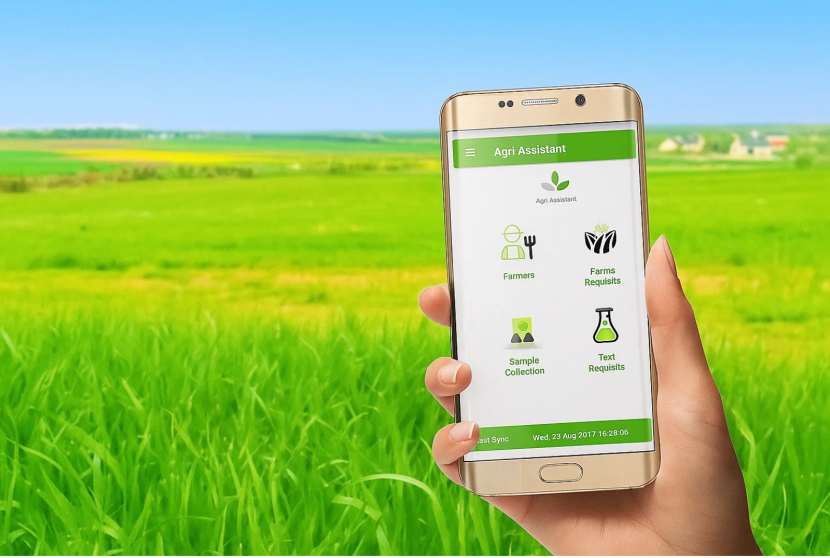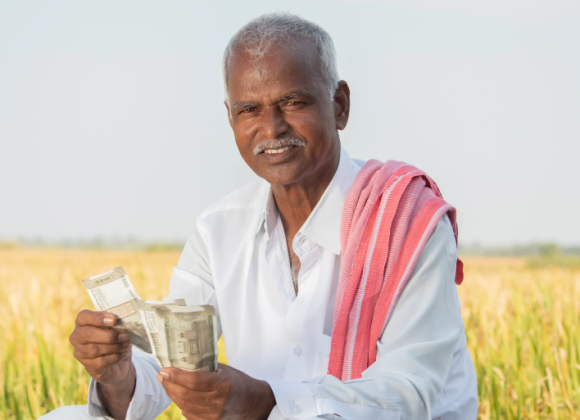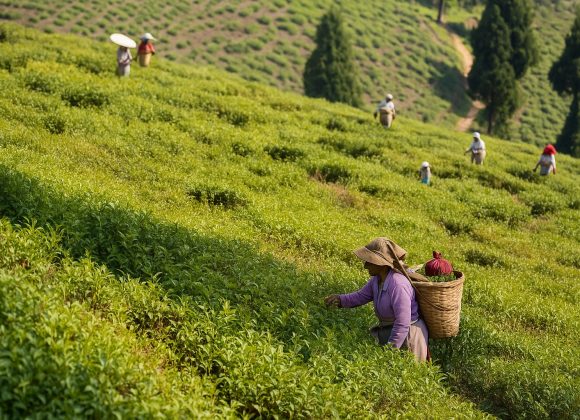“The future of farming is not just in the field — it’s in your hands.”
In recent years, agriculture has gone digital — and it’s changing the way we eat, trade, and connect. With the rise of Direct-to-Consumer (D2C) agriculture apps, farmers can now sell their produce directly to customers, bypassing middlemen, reducing food miles, and earning better margins.
This shift from farm to phone isn’t just a trend. It’s a transformative movement that’s reshaping global food systems, empowering farmers, and giving consumers access to fresh, local produce with just a few taps.
What Are D2C Agriculture Apps?

Direct-to-Consumer (D2C) agriculture apps are digital platforms that allow farmers to sell produce, dairy, grains, and other goods directly to consumers, retailers, or restaurants — often through mobile apps or websites.
Unlike traditional supply chains where products pass through multiple intermediaries, D2C platforms connect growers and buyers in real time, enabling faster transactions, transparent pricing, and fresher food delivery.
Popular D2C Agriculture Apps
Here are a few leading examples making waves globally and in India:
- DeHaat – Offers farmers end-to-end support, from selling produce to sourcing inputs (Visit DeHaat)
- BigHaat – A digital marketplace for agri-inputs and produce (BigHaat.com)
- Farmizen – Connects organic farmers with health-conscious urban consumers (farmizen.com)
- Krishify – A social network and marketplace for Indian farmers (krishify.com)
- Agribazaar – A digital platform for large-scale agri trading (agribazaar.com)
Why Are These Apps on the Rise?
Several forces are driving the adoption of direct-to-consumer agriculture apps:
1. Farmer Empowerment
Apps remove the need for middlemen and mandis, allowing farmers to set their own prices and reach a broader customer base.
2. Consumer Demand for Fresh, Local Food
Today’s consumers care about where their food comes from. These apps ensure traceability, quality, and freshness.
3. Digital Penetration in Rural Areas
Increased smartphone and internet access in farming communities have made app usage more accessible than ever.
4. Supply Chain Disruptions (e.g., COVID-19)
Lockdowns exposed the vulnerability of traditional food supply chains, accelerating the need for hyperlocal, tech-driven solutions.
5. Sustainability
D2C apps reduce carbon footprints by cutting down food miles, packaging waste, and cold storage needs.
The Benefits for Farmers and Consumers
| Benefits | For Farmers | For Consumers |
| Income & Payments | Better profit margins | Lower costs by cutting out middlemen |
| Efficiency | Faster payments | Farm-fresh produce delivered to doorstep |
| Insight & Control | Data insights to improve productivity | Transparency on origin, practices, and quality |
| Customer Relations | Direct customer feedback | Support for local farming communities |
| Waste Reduction | Reduced wastage and spoilage |
Final Thoughts
Despite their growing popularity, direct-to-consumer (D2C) agriculture apps still face some challenges. Many older or remote farmers struggle with digital literacy, while weak logistics systems make last-mile delivery difficult. Building trust between farmers and new online buyers also takes time, and regulatory issues along with a lack of standardization add further hurdles. However, the future of agri-tech looks promising. With technologies like AI, big data, IoT, blockchain, drones, and voice interfaces, these apps will become smarter and more user-friendly—even for those who can’t read or write. So, the next time you order vegetables online, they might just come straight from a farmer’s phone to your plate.




